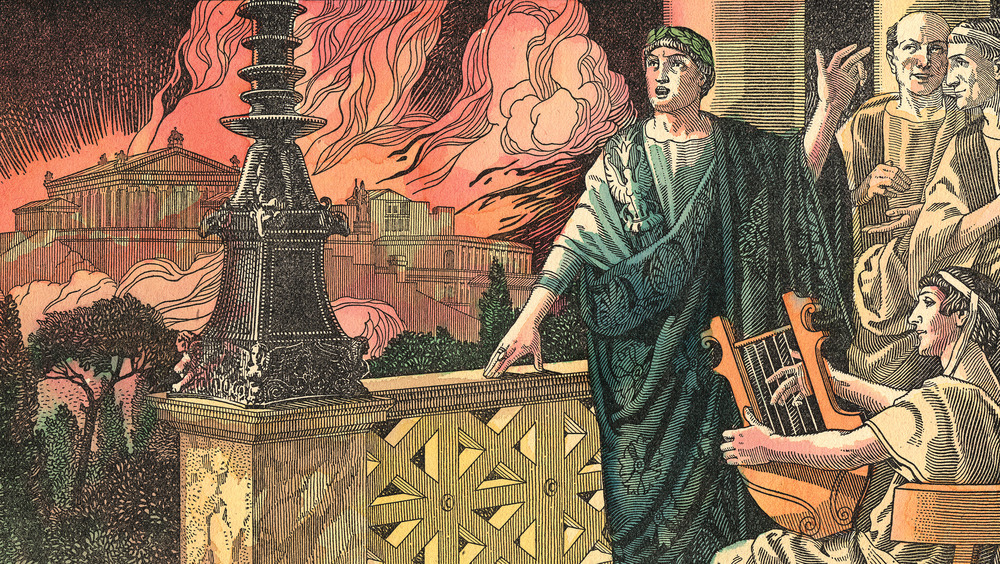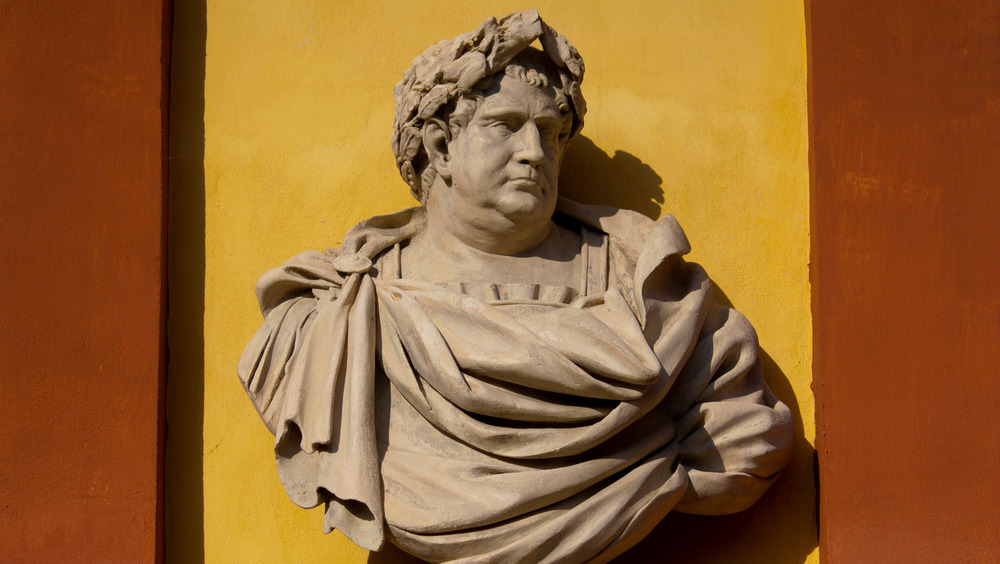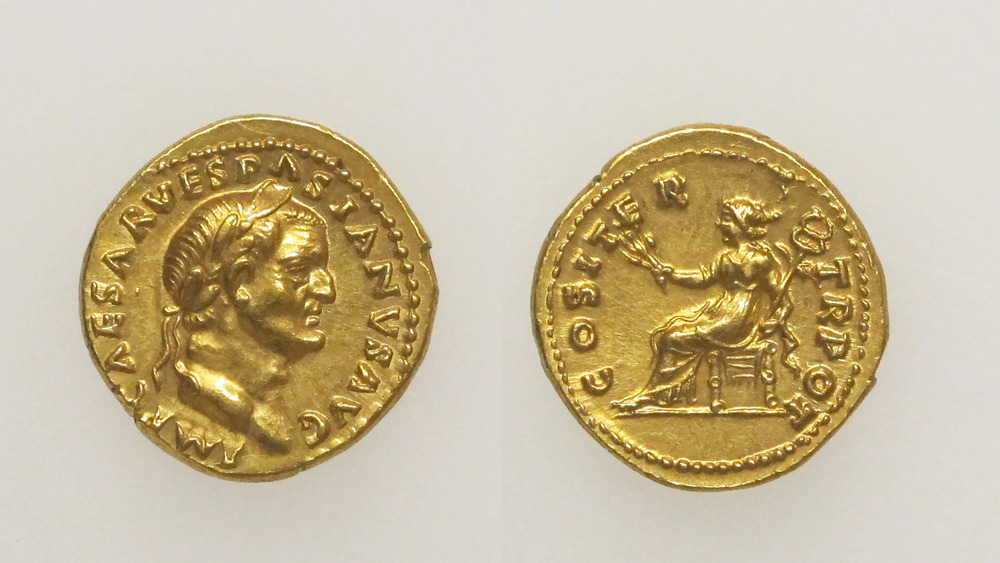The Bizarre True Story Of The Year Of The Four Emperors
If you're a history lover who's never heard the bizarre true story of the Year of the Four Emperors, you're in for a treat. This period of Roman history actually lasted for about 18 months, beginning in June of 68 CE, with the suicide of Emperor Nero, and the accession of Emperor Vespasian in December of 69 CE.
As Ancient Origins explains, Nero was widely hated by 68 CE, and there was no clear line of succession when the senate declared him an enemy of Rome in April of that year. What followed was the Year of the Four Emperors, a chaotic civil war that saw four wealthy, high-ranking men raise armies and come to power in bloody succession: Galba, Otho, Vitellius, and Vespasian.
According to Heritage History, the experienced and widely-admired General Galba, who was serving as a governor of the Spanish provinces, gained supporters and declared himself the first new emperor in the Year of the Four Emperors. Galba, however, was Rome's first emperor not of the Julio-Claudian line, and, according to The Collector, he was known to be cruel, greedy, and overly strict. His decisions to execute people without trial, seize property, and refuse to pay his troops ultimately led to his murder on January 15, 69 CE in the Roman Forum by the Praetorian Guard. A common soldier removed his head and presented it to the second emperor of the Year of the Four Emperors, Otho.
Civil war and the struggle for power
According to Ancient Origins, Otho was a once-loyal supporter of Galba who was living in Rome. Galba's decision to pass over Otho as his successor is what inspired the latter to claim power for himself, and this is where the true story of the Year of the Four Emperors gets interesting. While Otho's supporters ignored Galba's choice of heir, declaring Otho the new emperor when Galba died, another affluent Roman, Vitellius, also declared himself emperor while serving as the governor of Lower Germany.
The contest to rule between Otho and Vitellius came to an end when Vitellius' army defeated Otho's army at Bedriacum in April of 69 CE. As The Collector notes, Otho then refused to be the cause of any more death, so he gave his money to his servants, wrote farewell letters to his loved ones, and burned his personal documents before committing suicide.
And so, Vitellius became the third emperor in the Year of the Four Emperors, and he enjoyed an indulgent journey from Gaul to Rome. Vitellius' eight-month rule was marked by his cruelty, as he wielded absolute power and dismissed many of the empire's long-held laws.
The Year of the Four Emperor establishes the Flavian dynasty
By July of 69 CE, however, a fourth man rose to declare himself emperor during the Year of the Four Emperors. According to The Collector, Vespasian was in Judea fighting a Jewish uprising when he was declared emperor by his forces throughout the Mediterranean, and after a few months of conflict, Vespasian's army entered Rome and captured Vitellius in December of 69 CE. Ancient Origins notes that there are historical accounts of Vespasian's soldiers abusing, humiliating, and eventually killing Vitellius.
Vespasian was declared emperor on December 22, 69 CE, and he would go on to rule for 10 years. As Heritage History notes, Vespasian was an able ruler, and he restored order to the empire in short order. Vespasian established the Flavian dynasty (69-96 CE), and he was succeeded by his eldest son, Titus, in 79 CE. Vespasian's coming to power at the end of the Year of the Four Emperors is typically considered the start of a long period of stability for the Roman Empire.
Ancient Origins notes another bizarre thing that happened during the Year of the Four Emperors: A man who resembled Nero emerged, claiming to in fact be the dead emperor. While he did garner some attention, he was never a real contender to rule.


